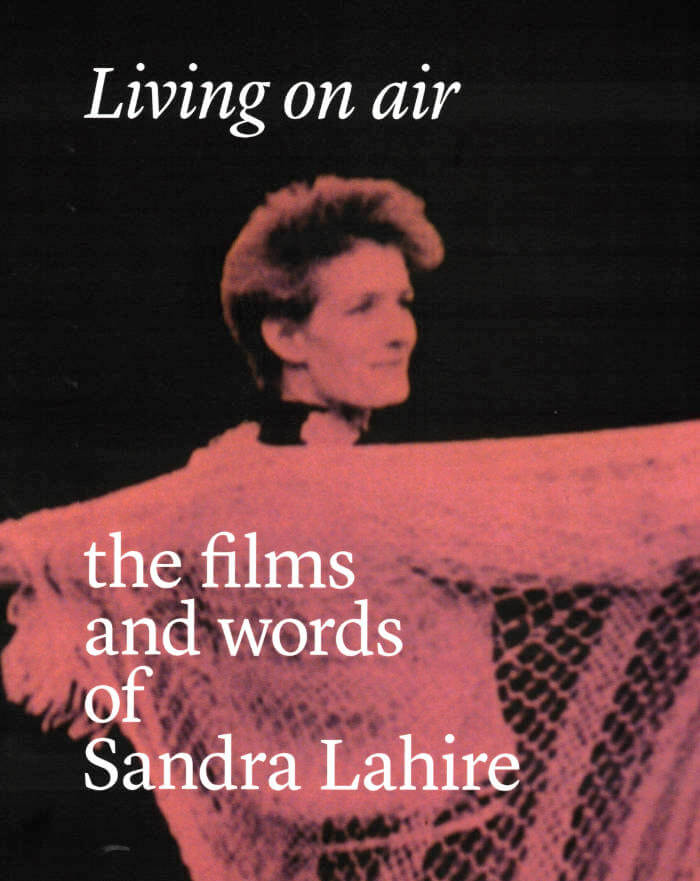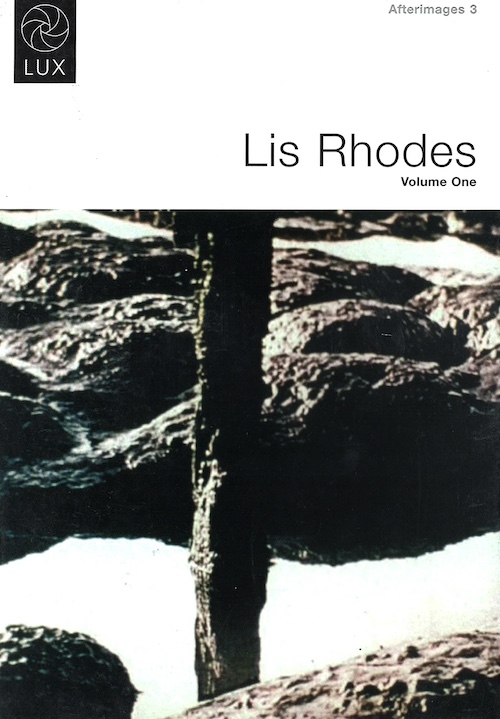
Living on air: the films and words of Sandra Lahire
Charlotte Procter , María Palacios Cruz
Compiled on the occasion of a Sandra Lahire retrospective at Courtisane festival 2021. This cahier was developed in collaboration with Elías Querejeta Zine Eskola (San Sebastian). Edited by María Palacios Cruz and Charlotte Procter.
Living on air: the films and words of Sandra Lahire is the first monograph dedicated to the work of Sandra Lahire and brings together new and existing texts on Lahire as well as writing by herself, with contributions by Gill Addison, Jo Comino, Pam Cook, Laura Guy, Maud Jacquin, Julia Knight, Michael Mazière, Sarah Pucill, Irene Revell & Kerstin Schroedinger, Lis Rhodes, Selina Robertson & Ricardo Matos Cabo (with So Mayer), Vicky Smith, Sarah Turner and Ana Vaz.







